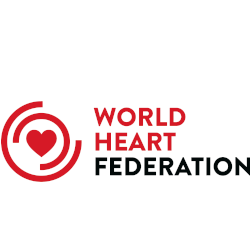Review
Changes in Serum Cholesterol and Diet in North Karelia and All Finland
Abstract
Finland in the 1960s, and especially North Karelia in the eastern part of the country, had the highest cardiovascular mortality in the world. The classical cardiovascular risk factors were all common, but serum cholesterol level was extremely high because of the very high intake of saturated fats, mainly from dairy products. The North Karelia Project was started as a comprehensive preventive program to reduce serum cholesterol levels by reducing the intake of saturated fats and increasing the intake of polyunsaturated fats in the whole population. Cross-sectional population surveys were done in North Karelia and nearby Kuopio province every 5 years starting in 1972. After 1982, surveys were started in 2 other areas. Blood cholesterol was measured from serum samples, and diet was assessed by a questionnaire in all surveys—since 1982 by 3-day food record, since 1997 by 24-hour recall, and since 2002 by 48-hour recall. Between 1972 and 2012, the population in North Karelia reduced serum cholesterol from 6.92 mmol/l to 5.46 mmol/l (21%) in men and from 6.81 mmol/l to 5.37 mmol/l (21%) in women. In men, serum cholesterol level reduced more in North Karelia than in the reference province of Kuopio during the first 5 years from 1972 to 1977. Since that time, changes in serum cholesterol level have been very similar in different parts of the country. Saturated fats were reduced from 20% of energy intake to 12% in 2007 but increased from 2007 to 2012 to 14%. In conclusion, serum cholesterol reduction by dietary changes is feasible on the population level but requires active work and large-scale cooperation between all the meaningful sectors in the society.
Highlight
- Dietary changes contributed significantly to cardiovascular disease decline in Finland.


